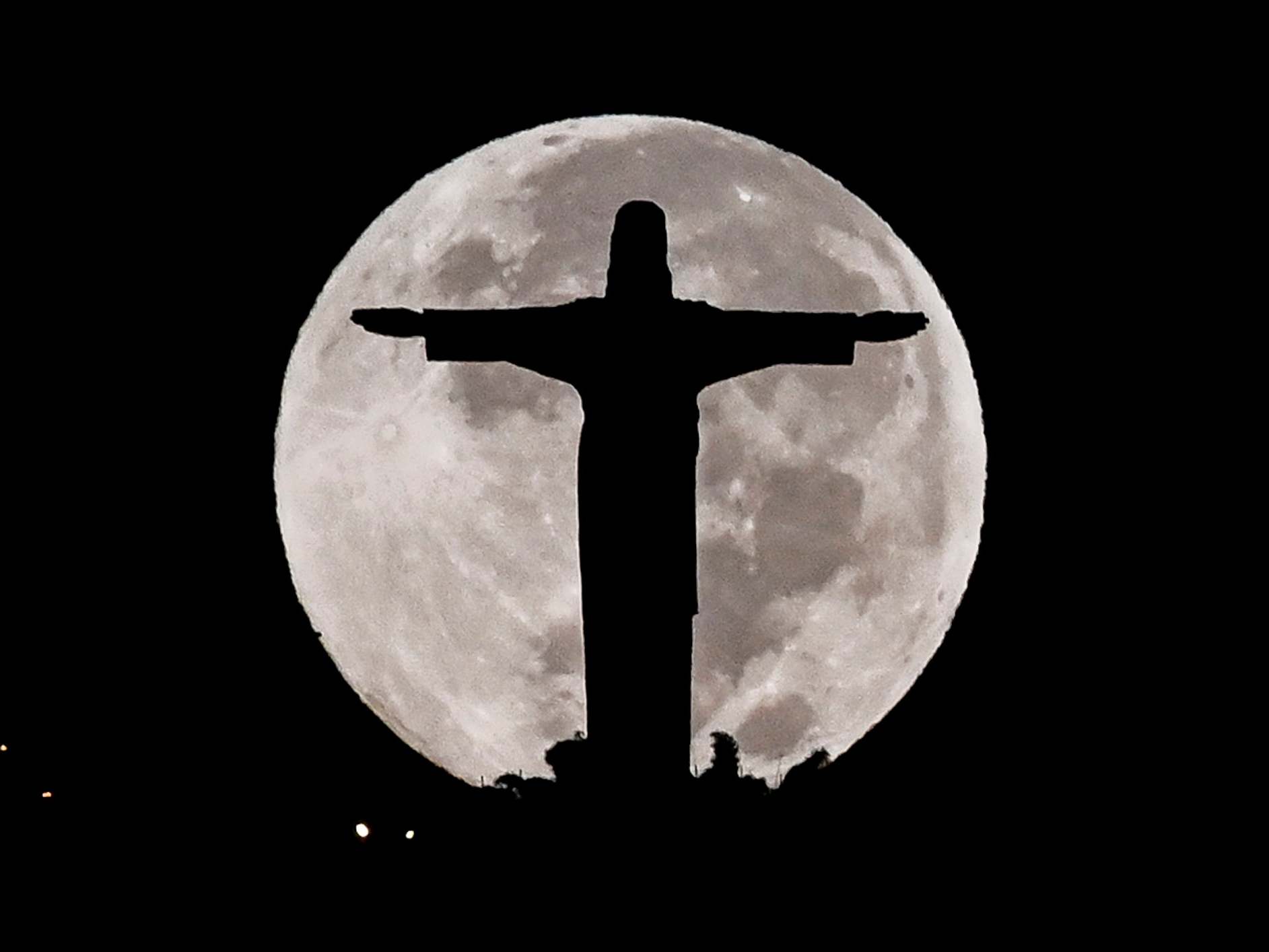Supermoon 2020: How to see Snow Moon this weekend
The full moon will be at its most spectacular since March last year
Your support helps us to tell the story
From reproductive rights to climate change to Big Tech, The Independent is on the ground when the story is developing. Whether it's investigating the financials of Elon Musk's pro-Trump PAC or producing our latest documentary, 'The A Word', which shines a light on the American women fighting for reproductive rights, we know how important it is to parse out the facts from the messaging.
At such a critical moment in US history, we need reporters on the ground. Your donation allows us to keep sending journalists to speak to both sides of the story.
The Independent is trusted by Americans across the entire political spectrum. And unlike many other quality news outlets, we choose not to lock Americans out of our reporting and analysis with paywalls. We believe quality journalism should be available to everyone, paid for by those who can afford it.
Your support makes all the difference.The first supermoon of the decade will rise over the skies of the UK on Sunday, offering the brightest and biggest view of the moon in almost a year.
It will be the first of four supermoons set to take place in 2020, and the first to occur since 20 March last year. They happen when the full moon is at its closest point in its orbit of Earth, making it seem bigger and brighter than usual.
Weather permitting, people around the world will witness the spectacle on 9 February, with the exact moment where the effect appears strongest happening at 7.34am GMT. The moon will appear full for around three days, spanning from Saturday to Monday.
The time of year means this full moon has traditionally been known as the Full Snow Moon or the Full Hunger Moon, as it often coincided with heavy snowfall and difficult hunting conditions.
The arrival of Storm Ciara may affect viewing conditions for people in the UK, with the Met Office forecasting cloud and rain across most of the country on Sunday morning.
Fortunately, it will not be long to wait until the next supermoon. Just one moon cycle separates Sunday's event from the Full Crow Moon on 9 March, while April and May host the remaining supermoons of the year.
Astronomers advise photographers and sky gazers to download apps and maps to track the progress of the moon across the sky in order to make sightings easier.
One of the best times to view the moon is when it is close to the horizon, due to an optical illusion that makes it appear even bigger due to its relative size compared to buildings, trees and statues in the distance.

Other celestial sights to look out for this weekend include neighbouring planets and the bright star Capella, according to Nasa's Gordon Johnston.
"On the morning of the full Moon on 9 February as morning twilight begins, the planet Jupiter will be the brightest planet in the sky, appearing in the southeast at about 8 degrees above the horizon," he said.
"The planet Saturn will appear next in brightness to the lower left of Jupiter at about 2 degrees above the horizon. Lying roughly in a line with Saturn and Jupiter, the planet Mars will appear to the upper right of Jupiter at about 19 degrees above the horizon."

Join our commenting forum
Join thought-provoking conversations, follow other Independent readers and see their replies
Comments